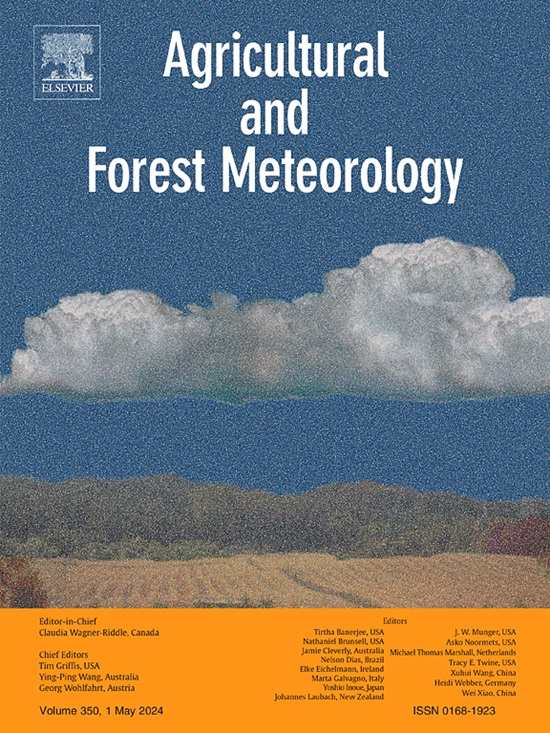3D structural complexity of forest stands is determined by the magnitude of inner and outer crown structural attributes of individual trees
IF 5.6
1区 农林科学
Q1 AGRONOMY
引用次数: 0
Abstract
Stand structural complexity influences various forest ecosystem functions, such as carbon storage or productivity. However, defining and measuring stand structural complexity is not trivial, as different structural attributes can be used to describe stand structure. We focus on a terrestrial laser scan-based stand structural complexity index (SSCI) and its components, mean fractal dimension (MeanFrac) and effective number of layers (ENL). These indices are now widely used, but there is still a lack of understanding of what exactly constitutes them. In this study, we analysed which structural attributes of individual trees determine these indices at which spatial scale. For our analysis, we used a high-resolution terrestrial laser scanning (TLS) dataset consisting of 11 structural attributes of over 1300 individual trees from 30 study plots of a young tree experiment in subtropical China. Our results show that averaged values of structural attributes of individual trees outperform values describing variation. Therefore, we suggest that SSCI, MeanFrac, and ENL depend on the magnitude rather than the variation of structural attributes among trees in a stand. We also found that SSCI is mainly determined by inner, i.e. branching intensity and branch number, and outer crown structure, i.e. crown compactness. MeanFrac is best described by branching intensity. Thus, a higher canopy space filling, i.e. higher density, leads to a higher stand structural complexity. Tree height and diameter at breast height are the main determinants of ENL. For the spatial scales we selected, only MeanFrac proved to be sensitive. The path analysis showed that different structural attributes (branching intensity vs. tree height) promote different aspects of stand structural complexity (horizontal vs. vertical), providing a variety of management options to increase stand structural complexity. Our results show that to better understand stand structural complexity, it is essential to include crown structural attributes in the assessment of stand structure.
求助全文
约1分钟内获得全文
求助全文
来源期刊
CiteScore
10.30
自引率
9.70%
发文量
415
审稿时长
69 days
期刊介绍:
Agricultural and Forest Meteorology is an international journal for the publication of original articles and reviews on the inter-relationship between meteorology, agriculture, forestry, and natural ecosystems. Emphasis is on basic and applied scientific research relevant to practical problems in the field of plant and soil sciences, ecology and biogeochemistry as affected by weather as well as climate variability and change. Theoretical models should be tested against experimental data. Articles must appeal to an international audience. Special issues devoted to single topics are also published.
Typical topics include canopy micrometeorology (e.g. canopy radiation transfer, turbulence near the ground, evapotranspiration, energy balance, fluxes of trace gases), micrometeorological instrumentation (e.g., sensors for trace gases, flux measurement instruments, radiation measurement techniques), aerobiology (e.g. the dispersion of pollen, spores, insects and pesticides), biometeorology (e.g. the effect of weather and climate on plant distribution, crop yield, water-use efficiency, and plant phenology), forest-fire/weather interactions, and feedbacks from vegetation to weather and the climate system.

 求助内容:
求助内容: 应助结果提醒方式:
应助结果提醒方式:


